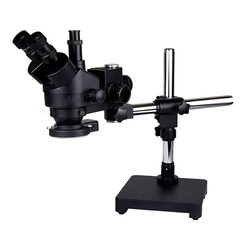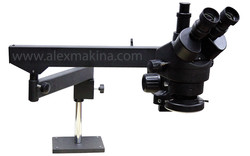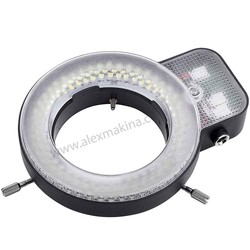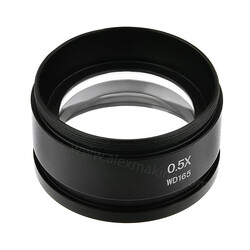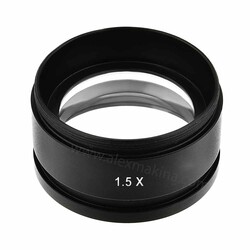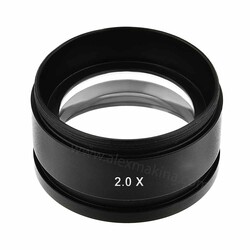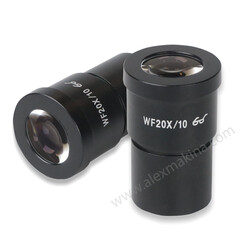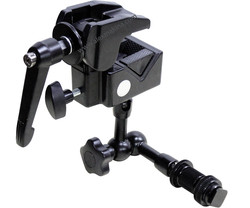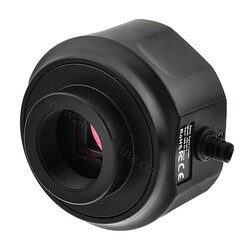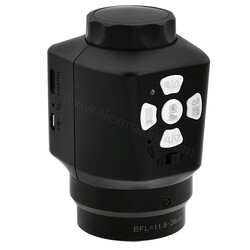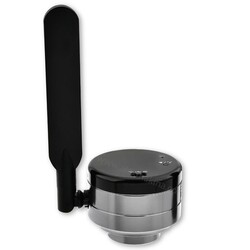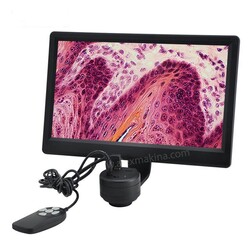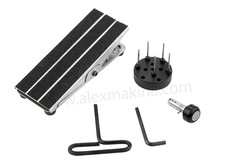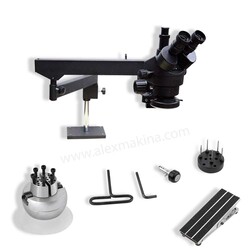Microscope for Jewelry Setting
There is no denying that jewelry making is a long process where attention to detail is required at each stage.
How can a craftsman achieve that required level of detail and precision? With a quality microscope, of course. Since most jewelry pieces are small, a microscope can help enlarge things. This can make it easier for a craftsman to make repairs or even design a piece from the ground up.
Why use amicroscope for jewelry setting?
In situations where detail is needed, a microscope for jewelry setting can help jewelers out. A microscope for jewelry setting magnifies the object in hand and allows the craftsman to observe a better view of it. It provides the user with a larger and more in-depth field of view, allowing him or her to view the top and bottom of the stone or jewelry in one view. Thanks to this, it is easier to use tools like a plier or to solder irons together.
Additionally, on the side of health, a microscope for jewelry setting reduces fatigue and eye strain.
When to use a jewellery setting microscope?
A jewellerysetting microscope is used for a range of tasks, but its most common uses are to appraise the value of a gemstone, to grade diamonds, or to set stones on to a jewelry piece.
What should you look for when buying a microscope for stone setting?
Ergonomics are probably the most vital aspect that needs consideration. The microscope for stone settingthat you choose should suit the optimal working positionso that the user does not put undue strain on their body. This will help the jeweler focus better and it will make work an easier and more enjoyable task. The microscope must also be adjustable so that the user can move it to the best position. For instance, a model with a flexible arm stand will let the jeweler set the arm position to the most comfortable position for him. Keeping this in mind, some manufacturers have released fully customizable models. However, as expected, this cost much more.
Large working distance is appreciated too. A microscope with a large working distance will give enough room to handle the user’s tool. Moreover, a model that needs less refocusing makes work less of a hassle because you won’t have to refocus continuously throughout the job. Lighting is another aspect that needs looking into. A model with ring lights can provide even light distribution. Better yet, an optional light diffuser can go a long way in reducing reflection.
The Magnification and gem clip of a diamond setting microscope
Specialized jewelers say that a diamond setting microscopemust ideally have a 10x magnification ratio. A high magnification unit is great because it lets you better examine if the stone has any imperfections in it -which is crucial for diamonds.
When viewing a stone under the microscope, a stone holder is a helpful tool to have. This tool is generally made of wire and can be fitted on to the microscope. A stone holder, as the name suggests, holds a jewelry piece in the right spot so you can easily zoom into a section you want.
Operating without a stone holder is a bit more difficult. However, if your model does not have it, it doesn’t spell the end of the world. You can use a clip at the bottom to achieve the same effect or simply hold it still. Of course, doing the latter means that even a slight movement will throw the piece out of focus.
Darkfield vs. brightfield illuminationin a diamond setting microscope
A darkfield is crucial, especially when it is for diamond setting with microscope. This is because it is easier to view a diamond or other gemstone over a black background and it ensures that you are not blinded by the brightness.
On the other hand, a microscope with brightfield illumination is suited for situations where you are using slides or a flat object. This makes it unsuitable for a jeweler.
Additional light sources for a setting microscope
Generally, most modern microscopes come with one light source. The general consensus among jewelers is that one light source isn’t enough so if possible, source another light to complement the existing setup. The extra light will help a craftsman see crucial tiny details that would otherwise be missed.
On a side note, when looking for a microscope to assist in jewelry making, it is recommended that one chooses a microscope that offers 2 lens eyepieces. Having two lens eyepieces makes the jewelry making process more streamlined and the user will not have to squint with one eye throughout the job. Removing this from the process will ensure your craftsman can work longer and focus easily on the details that need attention.
